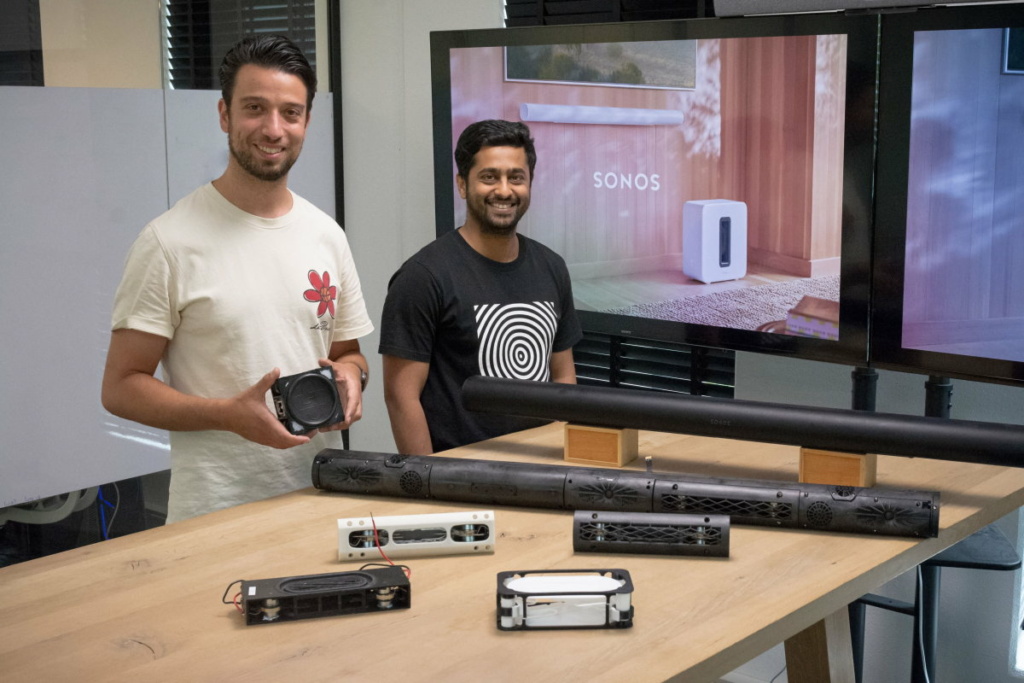With Solidworks at its core, Dassault Systèmes accelerates the shift to 3D model-based collaboration. Its 3DExperience platform utilizes cloud and AI to enable OEMs and suppliers of all sizes to share data seamlessly. This makes the shift to 3D models also affordable for SMEs.
In the high-tech industry, the shift from 2D CAD drawings to model-based definition (MBD) and product manufacturing information (PMI) is well underway. Serious players – particularly in aerospace, automotive and semiconductors – are already embedding all tolerances, annotations and material specs directly into 3D models. This eliminates the ambiguity of 2D drawings and enables machines and downstream processes to consume data automatically.
A telling example comes from the semiconductor industry. Companies like ASML have adopted “zero drawing” policies, requiring their suppliers to deliver fully annotated 3D models instead of traditional 2D drawings. Many smaller subcontractors, however, remain hesitant. They’re often reluctant to abandon the drawings they’re familiar with. Next to that, moving to MBD often requires significant investments, and short-term contracts with OEMs don’t justify those major changes.
Gian Paolo Bassi, SVP of mainstream innovation at Dassault Systèmes, recognizes the issue. “It’s not the technology that blocks adoption. It’s the willingness to commit, to clean up data and to let go of file-based thinking, which feels familiar and logical, and thus safe.”

Dassault Systèmes’ solution is to elevate MBD and PMI above the CAD level. By embedding product data into the 3DExperience cloud platform, the company enables it to flow seamlessly across the supply chain – independent of the CAD system used. By connecting the entire supply chain through digital workflows, moving from file-based systems to cloud-driven collaboration, OEMs, suppliers and small subcontractors can all work from the same source of truth. This approach removes silos and makes collaboration easier between OEMs and tier-1 suppliers, as well as supplier-to-supplier.
However, cloud collaboration raises questions about security and sovereignty. Dassault Systèmes responds with strict data center ownership and a robust cybersecurity strategy. Clients are guaranteed that data stays within specified jurisdictions, such as Europe, which is important for industries with sensitive intellectual property. “Transparency and trust are now as critical as product quality,” Bassi explains. “OEMs need to know the business models of their suppliers. Disruptions in the supply chain can be quite challenging.”
AI as an enabler
For small and medium businesses, the 3DExperience platform could be very interesting. “You don’t need a lot of infrastructure to be part of a cloud environment,” Bassi notes. “You can reconfigure your supply chain quickly and everyone can see the same data.” At the same time, they benefit from shared data, real-time visibility and automatic version control.

The latest release of Solidworks continues this strategy by introducing AI-driven tools that make cloud workflows practical and efficient. Dassault Systèmes distinguishes between three forms of AI. The first form, assistive AI, fixes errors and automates repetitive steps like filleting edges or inserting bolts. Secondly, predictive AI outlines the most relevant commands based on context and user behavior. The third form, generative AI, is the most advanced. It can create 3D models from photos or sketches and generate simulation studies automatically.
At the center of this AI platform is Aura, a design companion built on large language models in partnership with Mistral from France. It allows engineers to query their company’s data directly, set up simulations and retrieve best practices without leaving their workflow.
For Bassi, AI is the facilitator rather than the headline. By reducing manual overhead, it accelerates the shift to digital workflows and helps engineers and suppliers focus on value rather than routine.
Connecting ecosystems
Dassault Systèmes’ ambitions are clear. They intend to double Solidworks revenue, expand into new verticals like infrastructure and energy, and make cloud-enabled collaboration the default way of working. For this, smaller suppliers must be convinced to invest, OEMs must be willing to commit and the industry as a whole must embrace the cultural leap from files to platforms.
“The future of innovation is more than just better CAD,” says Bassi. “It’s creating an environment where data flows freely, securely and collaboratively across the entire value chain.” As Solidworks enters its fourth decade, its real value lies in connecting ecosystems – from the smallest supplier to the largest OEM. For this, they blend the latest technologies available, powering their digital workflows by cloud and AI.
This article was written in close collaboration with Dassault Systèmes.



